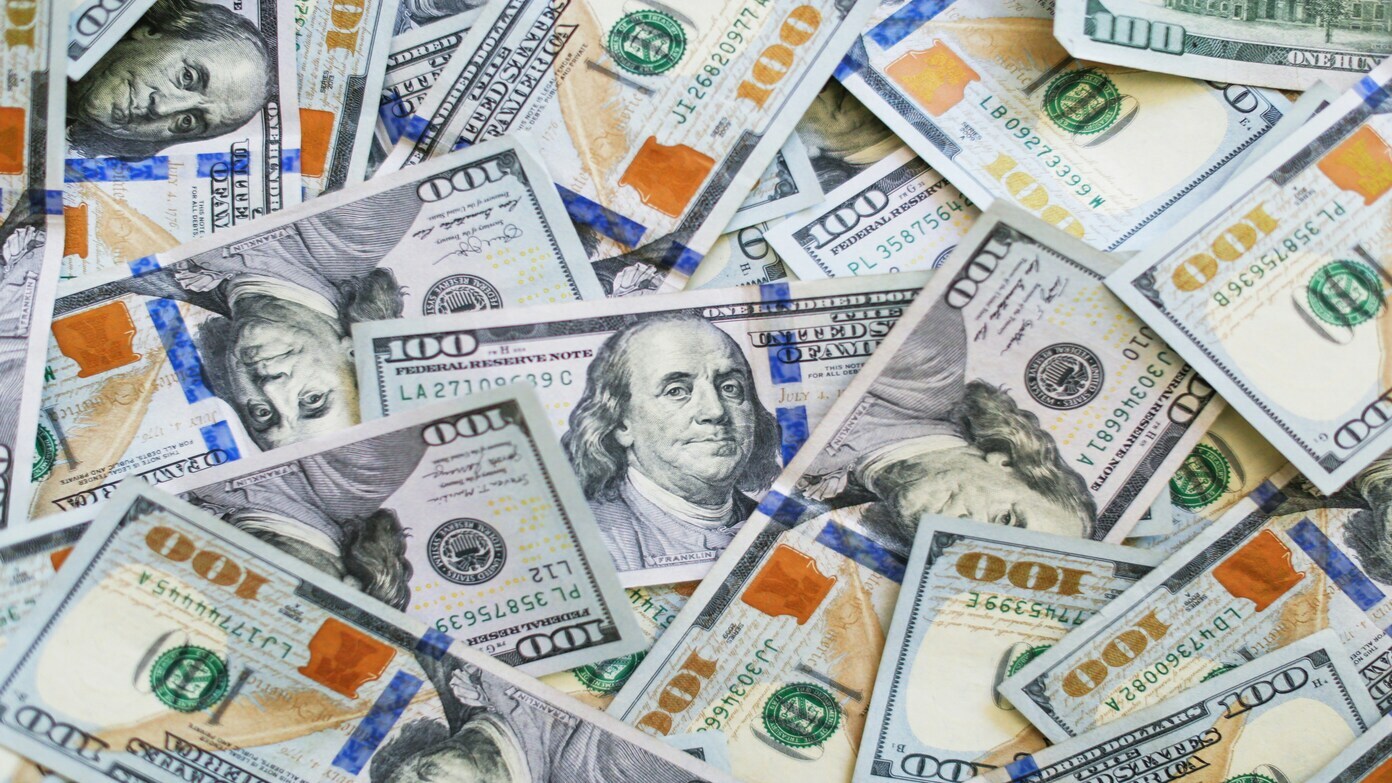Why Verizon is paying
Verizon is currently paying out $100 million to claimants who filed claims in a long-running class-action lawsuit. The lawsuit included “Administrative Charges” and “Telco Recovery Charges” that customers were charged on postpaid wireless accounts from January 2016 through November 2023.
Subscribers alleged that Verizon did not offer adequate notice of such extra fees, pushing their payments over the advertised price. Verizon has refused to admit anything wrong, but the company settled the case to avoid further litigation and expense.
If you submitted your claim before the April 15, 2024, deadline, you might be eligible for a payment, and payments began issuing in mid-2025 as a direct deposit, Zelle, or sent checks.
How to check your claim and payment status
If you wonder if your payment is on the way, here’s what you do:
Confirm through email—You will be getting an email from the Verizon Administrative Charges Settlement Administrator, confirming that you submitted your claim. If you didn’t get this alert, the claim might not have been submitted correctly or after the deadline.
Go to the official settlement website—use a trusted site like TopClassActions.com or ClassAction.org to find the verified settlement website. You may sign in there or contact the administrator directly to confirm your claim status.
Follow your payment method —
If you chose Zelle or direct deposit, look in your bank account—payments are credited within days of processing.
If you requested a check by mail, check your mailbox. It can take several weeks, especially in the wake of recent slowdowns in the mail.
Be aware of scams. Verizon will not call, text, or email you to request your banking information. Only use the verified contact information on the authorized settlement site.
Read this later: What are the best private lenders for refinancing student loans?
How much money would you receive?
Each certified claimant receives a minimum payment of $15, plus an additional $1 for each month they were charged the contested fees, with a maximum total of $100 per claimant.
How much you get depends on:
- How long have you been being charged the fees
- The number of qualifying claims that were submitted
- Administrative charges have been held back from the settlement fund.
That is, if you’ve been a Verizon postpaid customer for several years, you’ll likely receive more than someone with service for a few months.
Who was eligible for a payment
To qualify, you must have:
- Had a postpaid Verizon wireless or data plan from January 1, 2016, through November 8, 2023
- Paid administrative or telco recovery fees
- Made a claim on or before April 15, 2024
- Anyone who chose to opt out of the settlement or missed the deadline for submitting a claim will not get a payment.
Why this case matters
This settlement isn’t solely about refunds — it’s about transparency in billing. Verizon agreed to provide clearer breakdowns of its charges to customers on bills going forward. The case also sets a valuable precedent that might inspire other telecommunications providers, including AT&T and T-Mobile, to take a fresh look at their billing policies.
For consumers, it’s a reminder to pay attention to the fine print and ask questions about mysterious charges.
Read this later: Can kosher or halal foods be purchased with SNAP Payment benefits and what is covered by Food Stamps?
Need assistance or haven’t received your payment?
If weeks have gone by since payments started and you have not received anything, write or call the settlement administrator through the listed official contact information on the validated site. Keep your confirmation number for your claim handy to streamline the process.
And remember—if anyone calls or emails you claiming they can “speed up” your payment for a fee, it is a scam. Only use official channels.
Bottom line: If you had a claim in Verizon’s hidden fee lawsuit, you could receive $5 to $100, depending on the length of time that you were charged extra for the controversial fees. Payments have been sent out, so check your email, bank, or mailbox—your share of the $100 million settlement could be sitting there waiting for you.
Read this later: The income you need to live comfortably in the 10 most expensive cities in the United States

